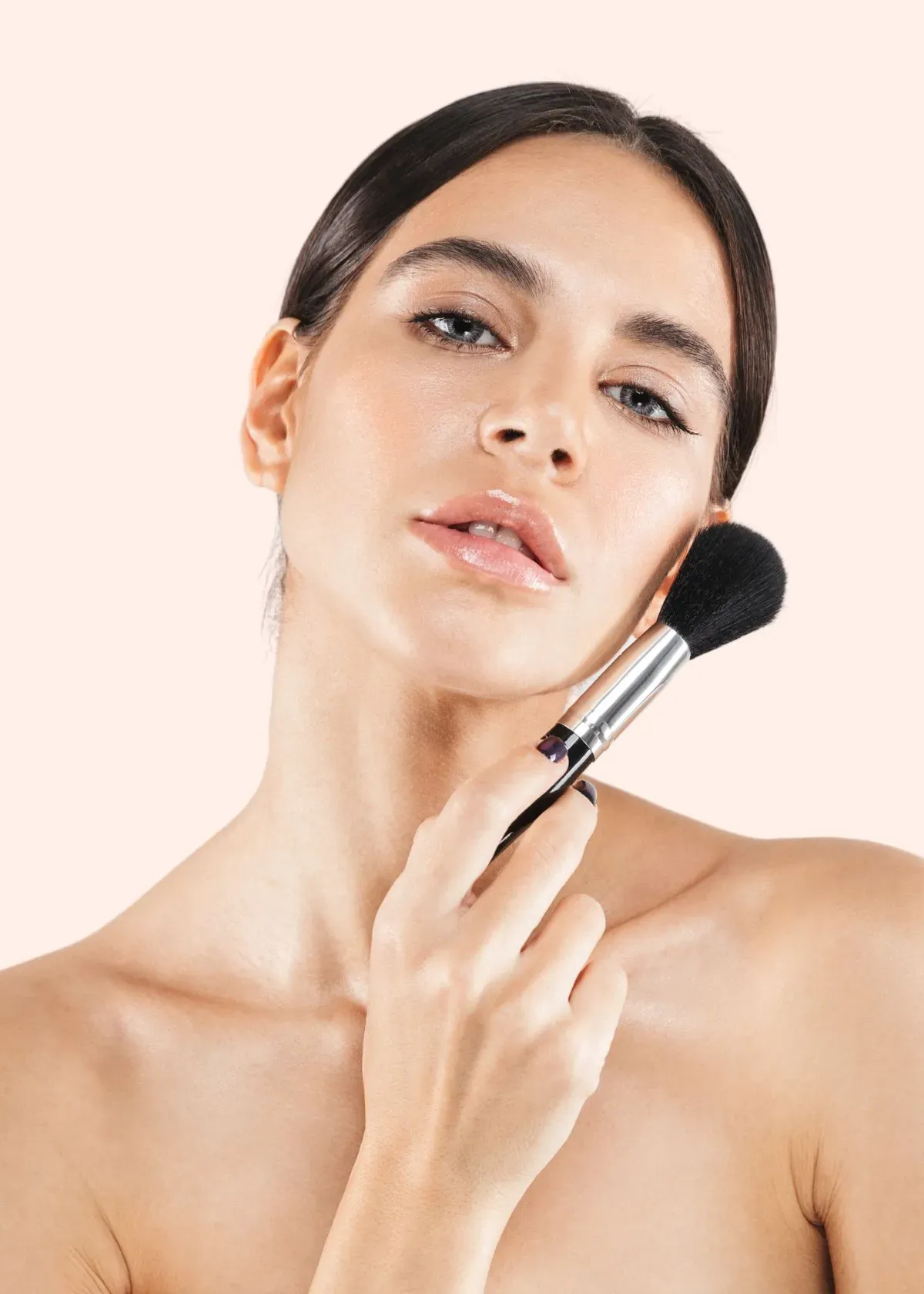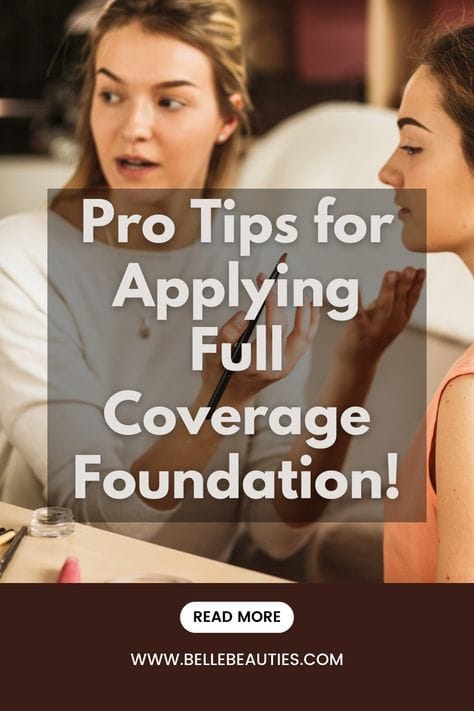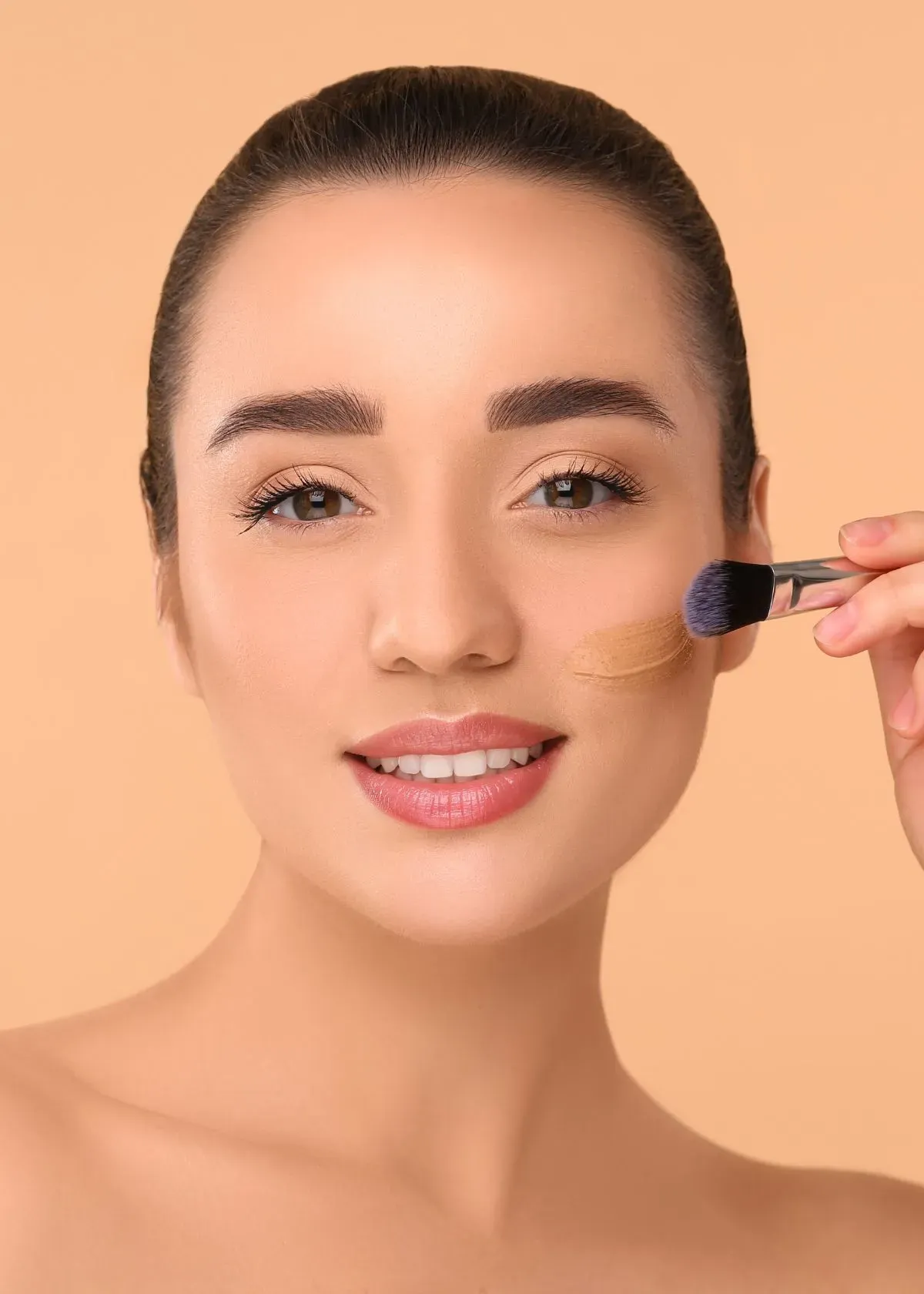Striving for that perfect, seamless full-coverage foundation look can be a real battle—smooth and flawless one minute, cakey the next. It's like aiming for the highest peak but somehow always missing the mark by just a smidge.
But take heart! I'm here to share some hard-earned secrets of mine. One gem? Letting your foundation settle into your skin before adding another layer can truly work wonders on both coverage and overall finish.
Within this article, we'll walk through every vital step—from skin prep and exfoliation to remove dead skin cells to those final touches—that will have you rocking a full coverage look so effortlessly, people won't help but ask for your secret.
Prepare yourself to unlock the mastery of the full coverage foundation—it’s time to level up your beauty game with confidence!
Key Takeaways
- Start by preparing your skin with a good moisturizer and primer that suits your skin type for a smooth base. This helps the foundation to apply evenly and last longer.
- Choose the right foundation by considering your skin type, and desired coverage level, and finding an accurate shade that matches your undertone and complexion.
- Apply full-coverage foundation using tools like a makeup sponge or brush, and blend well to avoid lines or unevenness. Build up layers gradually for more coverage without getting cakey.
- Set the foundation with a light dusting of translucent powder to lock it in place all day, finishing with setting spray for extra staying power.
- Throughout the day, touch up as needed with blotting papers and light powder rather than adding more thick layers of foundation. Remove makeup gently at the end of the day to keep skin healthy.
Prepping Your Skin for Full Coverage Foundation
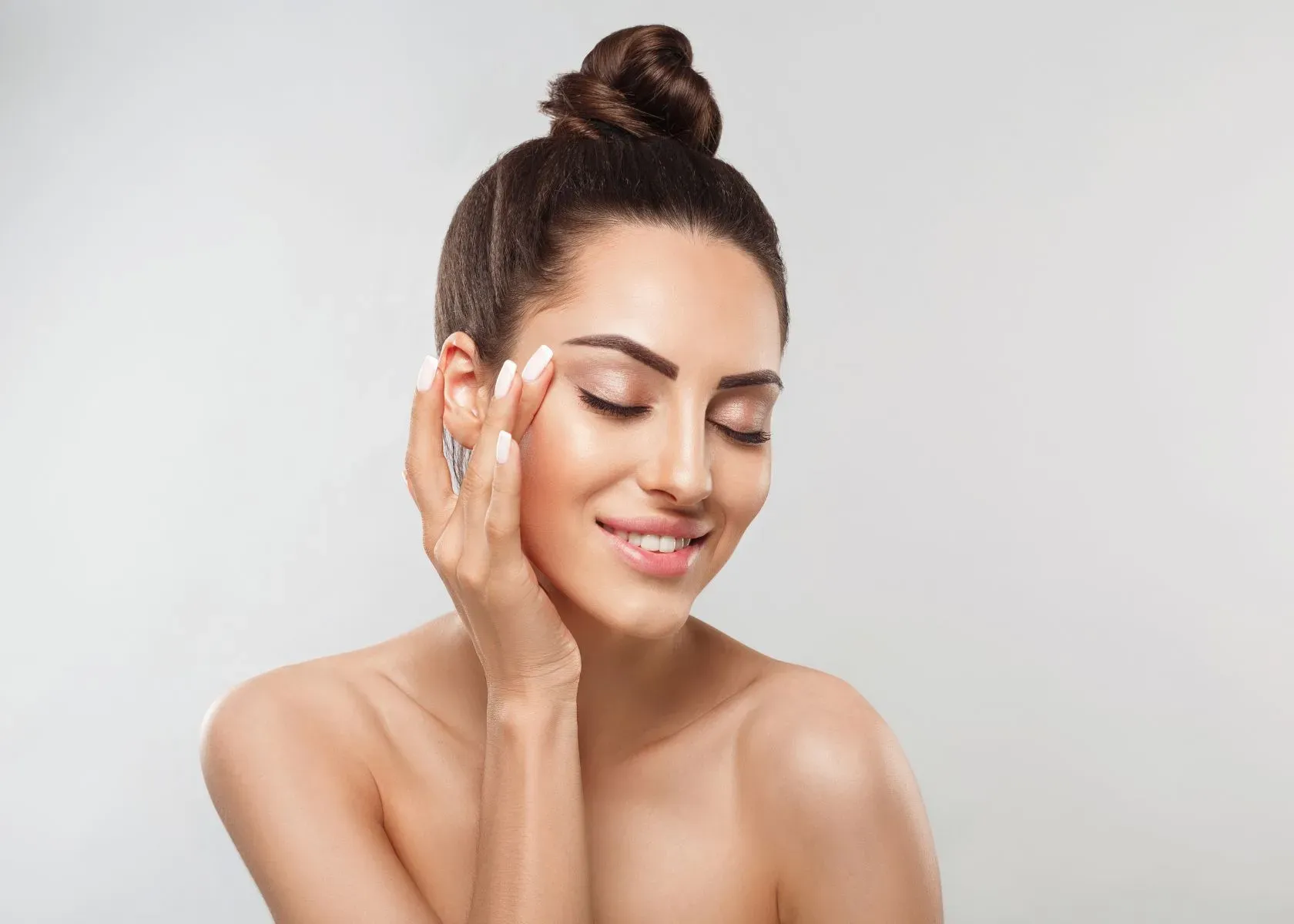
Before applying full-coverage foundation, it's important to prep your skin. Start by moisturizing your skin to create a smooth base and then use a primer to ensure an even canvas for the foundation application.
Moisturize your skin
I always make sure to moisturize my skin before applying full-coverage foundation. A well-hydrated face helps to create a smooth and even base for makeup application. I select a good quality moisturizer that suits my skin type, whether it's oily, dry, or combination.
This step ensures that the foundation will glide on effortlessly and blend seamlessly into my skin.
Applying moisturizer also helps prevent any unwanted caking of the foundation later on. I give it time to absorb fully into my skin; this way, when I start dotting the foundation across my cheeks, nose, forehead, and chin, everything mixes well without patchiness or flakiness.
Moisturizing is a crucial part of achieving that flawless full-coverage look—it protects your natural complexion while allowing the beauty products to perform at their best.
Prime for a smooth canvas
To prime for a smooth canvas, start by applying a small amount of primer to your fingertips. Gently massage the primer into your skin using circular motions, focusing on areas prone to excess oil or dryness.
This step helps to create an even base for your full coverage foundation and ensures longer-lasting wear throughout the day.
After applying the primer, allow it to set for a few minutes before proceeding with your foundation application. Using a mattifying primer can help control shine in oily areas while hydrating primers are ideal for those with dry skin.
Selecting the right primer according to your skin type will further enhance the flawless finish of your full-coverage foundation.
Remember that finding the perfect combination of moisturizer and primer can significantly impact how well your full-coverage foundation adheres to the skin and sets throughout the day.
Choosing the Right Foundation

When choosing the right foundation, it's crucial to consider your skin type, and the level of coverage you need, and find the perfect shade for your skin tone. These factors will ensure a flawless and natural finish for your full coverage foundation application.
Considering your skin type
For oily skin types, choose an oil-free and mattifying full-coverage foundation to control shine throughout the day. Look for foundations labeled as "long-wear" or "shine control."
If you have dry skin, opt for a hydrating and creamy full-coverage foundation that provides moisture to prevent flakiness.
Consider using a dewy finish foundation for a natural glow. Combination skin benefits from a balancing coverage foundation that addresses both oily and dry areas. Seek out products designed specifically for combination skin or use different formulas on various parts of your face.
To cater to sensitive skin, look for non-comedogenic and hypoallergenic foundations that are free of fragrances, dyes, and harsh chemicals. Mineral-based foundations can be gentle on sensitive skin while providing adequate coverage.
Determining the level of coverage you need
To determine the level of coverage you need, consider your skin concerns and what you want to achieve with your foundation. If you have blemishes or discoloration that you want to conceal, full coverage foundation may be the best choice.
On the other hand, if you have relatively clear skin and just want to even out your complexion, a medium-coverage foundation might be sufficient.
It's important to assess the condition of your skin and what areas you'd like to address before deciding on the level of coverage.
Additionally, take into account the occasion for which you're applying makeup. For special events or photography, a full coverage foundation can provide a flawless finish and ensure longevity.
However, for everyday wear or natural looks, lighter coverage may be more suitable Keywords: Full Coverage Foundation; Medium Coverage Foundation; Skin Concerns; Flawless Finish; Everyday Wear.
Remember that finding the right level of coverage is a personal decision based on individual preferences and needs.
Finding the right shade for your skin tone
When choosing the right shade for your skin tone, it's crucial to consider factors like undertone and natural coloring. Start by determining whether you have a warm, cool, or neutral undertone.
Once you've identified your undertone, select foundation shades that complement it. For instance, if you have a warm undertone, opt for foundations with yellow or golden hues.
On the other hand, if you have a cooler undertone, look for foundations with pink or blue undertones. Additionally, considering your skin's natural coloration is vital in determining the best foundation shade for you.
How to Apply Full Coverage Foundation
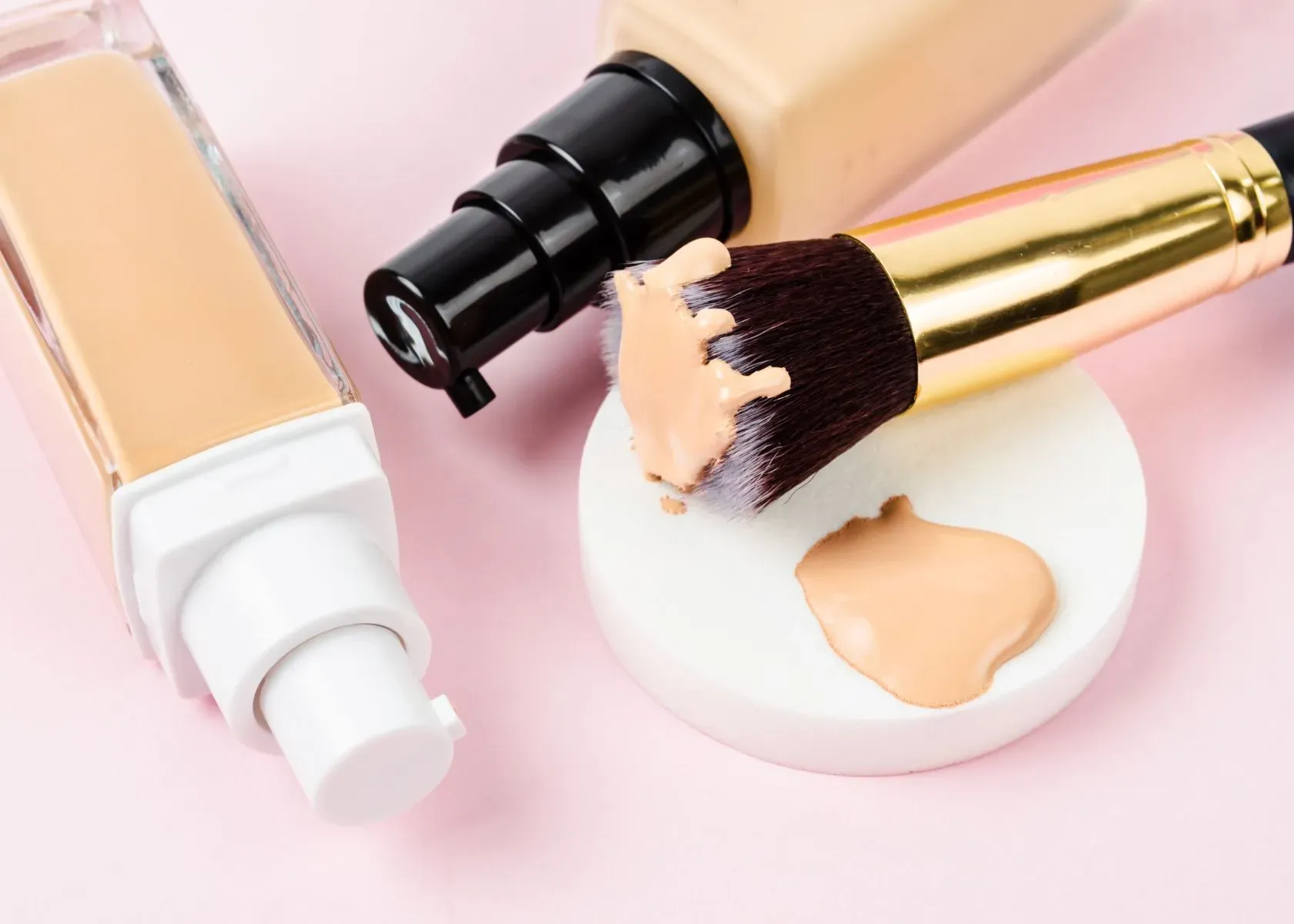
I will explain how to apply full-coverage foundation using a makeup sponge or beauty blender, your fingertips for natural coverage, and a brush. You will also learn how to use a stippling brush for full coverage.
Use a makeup sponge or beauty blender
I apply liquid foundation in a thin layer with a makeup sponge, gently bouncing it onto my skin for an even application. I use a beauty blender to blend the foundation seamlessly into my skin, especially around tricky areas like the nose and under my eyes.
I alternate between tapping and rolling motions to ensure flawless coverage without streaks or lines.
To achieve maximum coverage with a makeup sponge or beauty blender, I dab the extra foundation onto areas that need more coverage before blending it out. This technique helps me build up to full coverage while maintaining a natural finish.
Use your fingertips for natural coverage
Dab small dots of foundation on your cheeks, nose, forehead, and chin. Gently blend the foundation with your fingertips in an outward motion for a natural finish. Take care to distribute the product evenly for seamless coverage.
Remember to allow a few minutes for the foundation to set before adding more layers if you desire full coverage. By using your fingertips, you can achieve a flawless look while ensuring that your skin's natural texture shines through.
How to apply with a brush
To apply foundation with a brush, start by applying small dots of foundation across your face. Then, using a brush, blend the foundation in gentle, circular motions from the center of your face outward.
This technique ensures even coverage and a smooth finish. Be sure to use a clean makeup brush for hygienic application and effective blending.
Utilize a stippling brush for full coverage by lightly tapping the product onto your skin. This method helps build up coverage gradually without appearing cakey. Remember to start with a small amount of foundation and layer as needed to achieve desired coverage levels without overdoing it.
Using these techniques will help you achieve flawless full coverage while ensuring an airbrushed finish.
How to use a stippling brush for full coverage
Using a stippling brush for full coverage foundation involves applying several dots of foundation onto the face before blending with the stippling brush. Start by dotting the foundation on your cheeks, nose, forehead, and chin to distribute it evenly.
Then, lightly blend the foundation using a stippling brush in circular motions for a flawless look. Remember to start with a small amount of foundation and gradually build up the coverage as needed for a natural finish.
Ensure that you allow each layer to be set before applying additional ones to avoid cakey buildup or excess foundation. Additionally, using light pressure while blending will help achieve an even, airbrushed appearance with your full coverage foundation.
Tips for a Flawless Finish
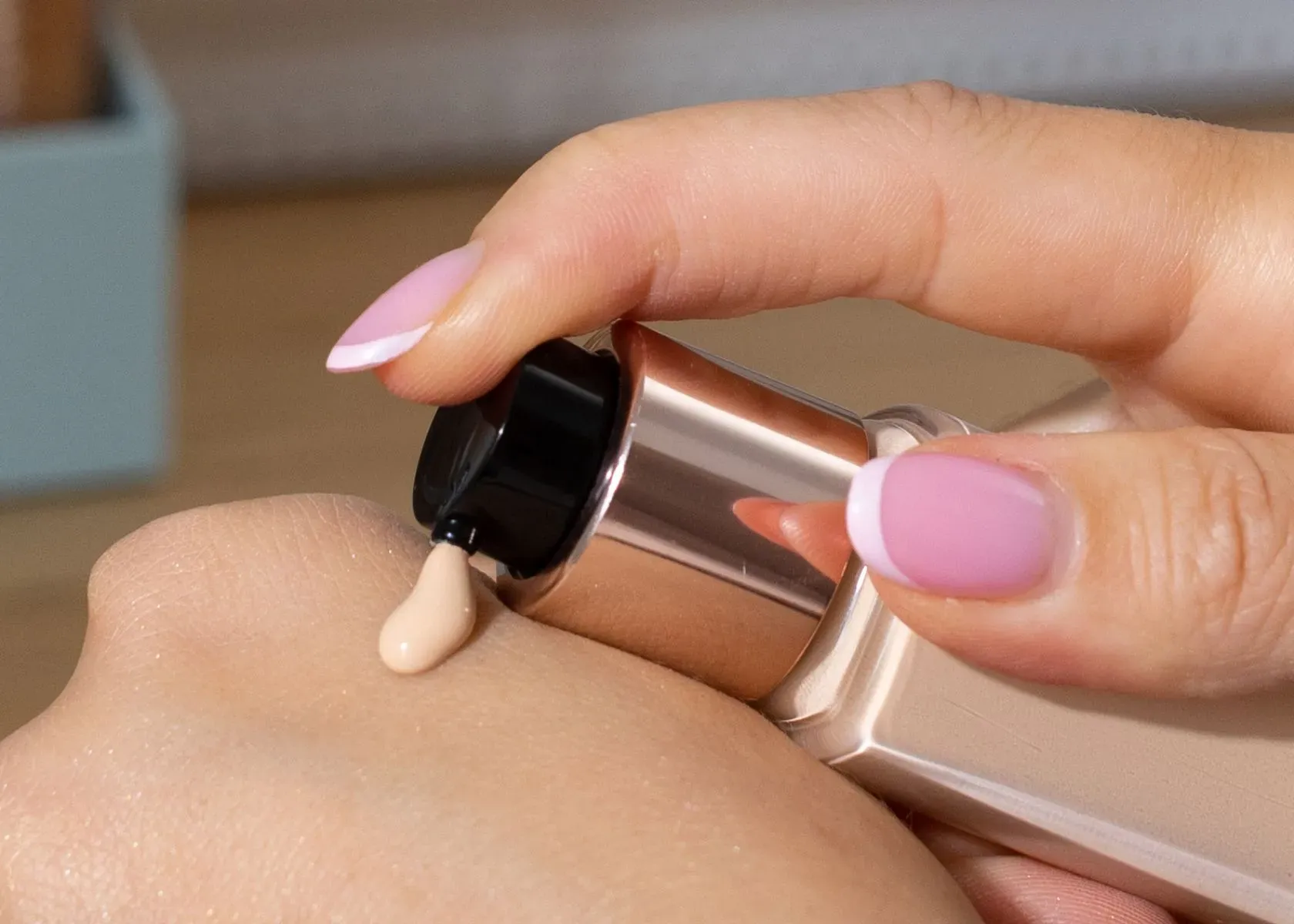
For a flawless finish, using concealer to target specific areas that need extra coverage can help achieve a seamless look.
Blending and buffing the foundation with a brush or sponge will also ensure a natural, airbrushed appearance. This is a very great tip that my makeup artist gave me.
Using concealer for extra coverage
To achieve extra coverage and a flawless finish, using concealer strategically is key. Applying concealer on problem areas such as blemishes, dark circles, or redness can provide an additional layer of coverage for a seamless look. Make sure you do it with a fine concealer brush.
Start by selecting a concealer that matches your foundation shade to ensure a cohesive blend. Gently dab the concealer onto targeted areas with your fingertip or a small makeup brush, then carefully blend it into the skin using tapping motions for natural-looking coverage.
Using setting powder after you apply concealer can help lock in the extra coverage and prevent it from budging throughout the day. The application of setting powder should be light to avoid creating a heavy, cakey appearance.
Additionally, consider using color-correcting concealers to neutralize specific concerns before applying regular concealer for even better coverage results. This also helps in smoothing excess foundation.
To further enhance your full-coverage foundation application, mastering the art of blending and buffing is essential for achieving a seamless complexion.
Blending and buffing for a natural look
Blending and buffing my foundation is essential for achieving a natural, seamless finish. After applying dots of foundation to my face with my fingertips, I use a makeup sponge to blend it outwards from the center of my face.
This technique helps me avoid any harsh lines and ensures that the foundation seamlessly merges with the rest of my makeup. Additionally, using a stippling brush for blending in circular motions can help achieve an airbrushed effect while maintaining full coverage.
I also make sure to blend down onto my neck to prevent any stark contrasts between my face and neck. Blending thoroughly around the hairline and jawline further contributes to a flawless overall look.
Using these techniques allows me to create a beautifully blended base while ensuring that my full coverage foundation looks natural.
Setting your foundation for long-lasting wear
To set my foundation for long-lasting wear, I use a loose-setting powder to lock in the coverage. This helps reduce shine and ensure my foundation stays put throughout the day.
By lightly dusting the powder over my face with a fluffy brush, I create a smooth and matte finish that keeps my makeup looking fresh.
After applying setting powder, I spritz on a setting spray to further enhance the longevity of my foundation. This step not only helps meld all of the products together but also provides an extra layer of staying power.
With these simple techniques, I can enjoy flawless full coverage foundation wear that lasts from morning until night.
Touching Up Full Coverage Foundation
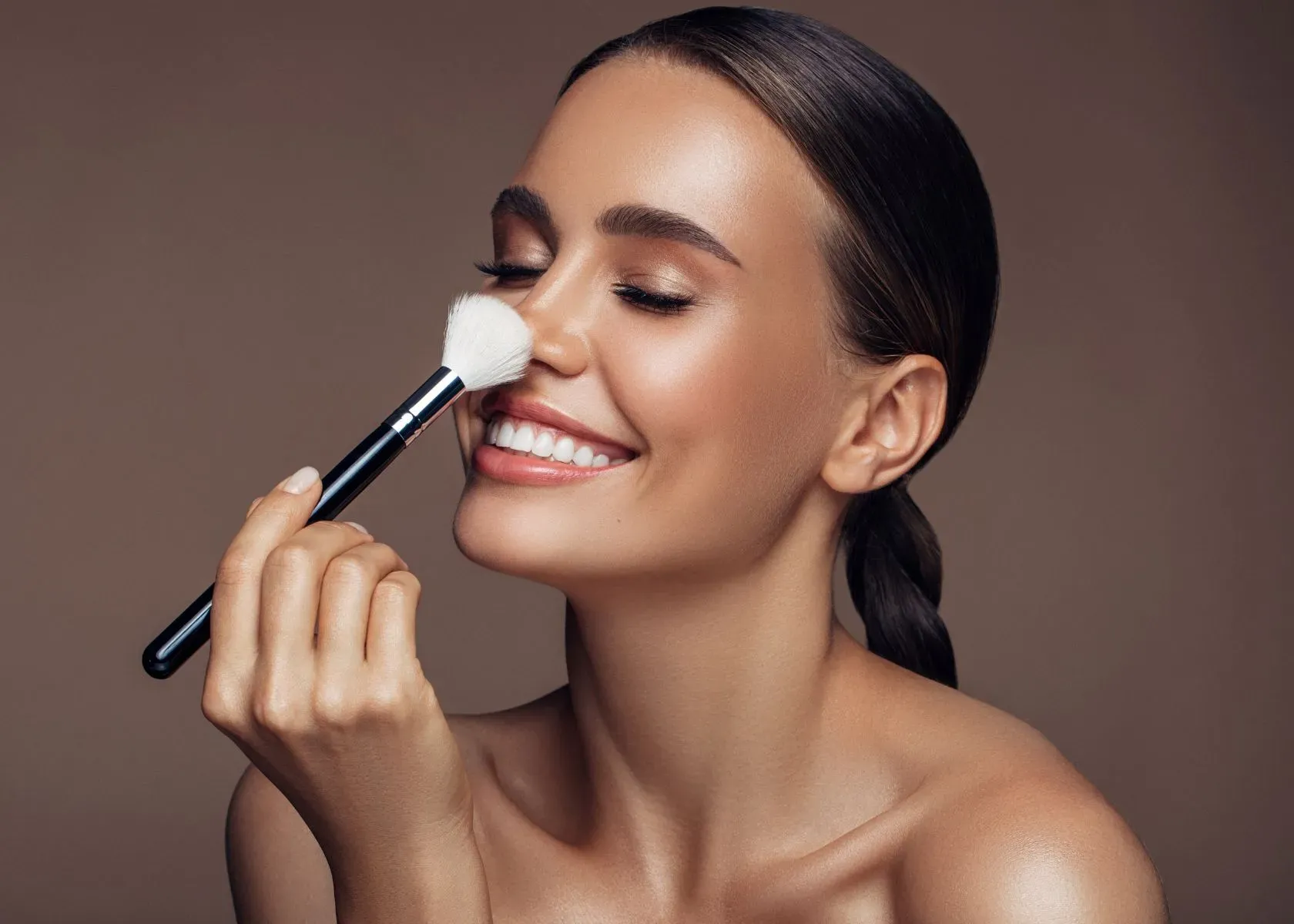
Throughout the day, it's important to touch up your full coverage foundation without creating a cakey buildup. I'll share tips on how to do this effectively and maintain flawless-looking skin all day long.
How to touch up during the day
When touching up full coverage foundation during the day, I start by removing excess oil or shine with blotting papers. Then, I use a small amount of loose powder to set any areas that have become shiny.
I lightly press the powder into my skin using a makeup sponge, focusing on my T-zone and any other oily areas.
To ensure a seamless touch-up, I usually carry a travel-sized bottle of setting spray in my bag. After applying the powder, I mist my face with the setting spray to lock everything in place and prevent any patchiness.
Preventing cakey buildup
To prevent cakey buildup when applying full coverage foundation, it's essential to start with a clean, well-moisturized face. Choosing the right primer can also make a significant difference in preventing the cakey look.
Look for an oil-free primer if you have oily skin or a hydrating primer if your skin tends to be dry. You should also be cautious about the amount of product you use and build up coverage gradually rather than applying a thick layer all at once, allowing each layer to set before adding more.
Additionally, make sure to blend thoroughly using techniques like stippling or buffing with a makeup sponge or foundation brush.
Applying setting powder lightly over your foundation can help prevent cakey buildup as well. Choose a finely milled translucent powder and use it sparingly on areas that tend to get shiny throughout the day.
This will help set your foundation without adding excess texture or thickness to your makeup. It's important not to skip this step, especially if you have oily skin prone to creating cakey buildup.
Removing full coverage foundation properly
To remove full-coverage foundation properly, I first use a gentle makeup remover or cleansing oil to break down the product. Then, I gently massage the remover into my skin in circular motions to ensure all the foundation is being lifted off.
Next, using a soft cloth or cotton pad, I wipe away the dissolved foundation from my face. Finally, I rinse my face with warm water and follow up with a gentle cleanser to ensure all residues are removed.
After removing my full-coverage foundation, a moisturizer helps rehydrate my skin and restore its natural balance. It's important to be gentle when removing makeup to avoid irritating or damaging the skin.
How to Apply Full Coverage Foundation - FAQs

How to apply a full coverage foundation for a natural look?
For a natural look, use expert blending techniques to apply your full coverage foundation smoothly and evenly across your face.
How can I avoid a cakey appearance with a full coverage foundation?
Achieving a flawless complexion without the cakey look involves skin preparation and applying thin layers of foundation, followed by careful blending.
Are there any step-by-step guides for beginners to apply full coverage foundation?
Yes! There are beginner-friendly step-by-step makeup tutorials that offer quick and easy instructions on how to achieve flawless full-coverage foundation application.
Can I get advice from experts on the best techniques for applying foundation?
Absolutely! Professionals provide expert tips and DIY advice on ways to create a beauty routine that includes flawless foundation application with the right makeup brushes.
Is it possible to make my own full coverage foundation at home?
While some may recommend a DIY recipe for making their own makeup, finding the perfect pre-made full-coverage product is often better to ensure consistent quality and ease of application.
Conclusion
You now have the essential steps for flawless full coverage foundation application. The techniques provided are practical and easy to implement, making it efficient for achieving a natural and polished look.
With the right application, a full-coverage foundation can lead to significant improvements in your makeup routine and overall appearance.
I encourage you to explore additional makeup tutorials or expert guidance for further enhancement of your skills or let's discuss in the comments section.
Let's strive for a flawless complexion with confidence!
References
- D’Angelo, A. (2023, October 6). How to apply Foundation: Step-by-Step guide for beginners. wikiHow. https://www.wikihow.com/Apply-a-Full-Coverage-Foundation
- 8 Tips for Flawless Foundation. (n.d.). Clinique. https://www.clinique.com/skin-school-blog/how-to/8-tips-for-flawless-foundation-application
- mindbodygreen. (2023, February 27). PSA: This is how celebrity makeup artists apply foundation. Mindbodygreen. https://www.mindbodygreen.com/articles/how-to-apply-foundation-like-makeup-artist
Learn More About Other Related Topics of Makeup Foundations
